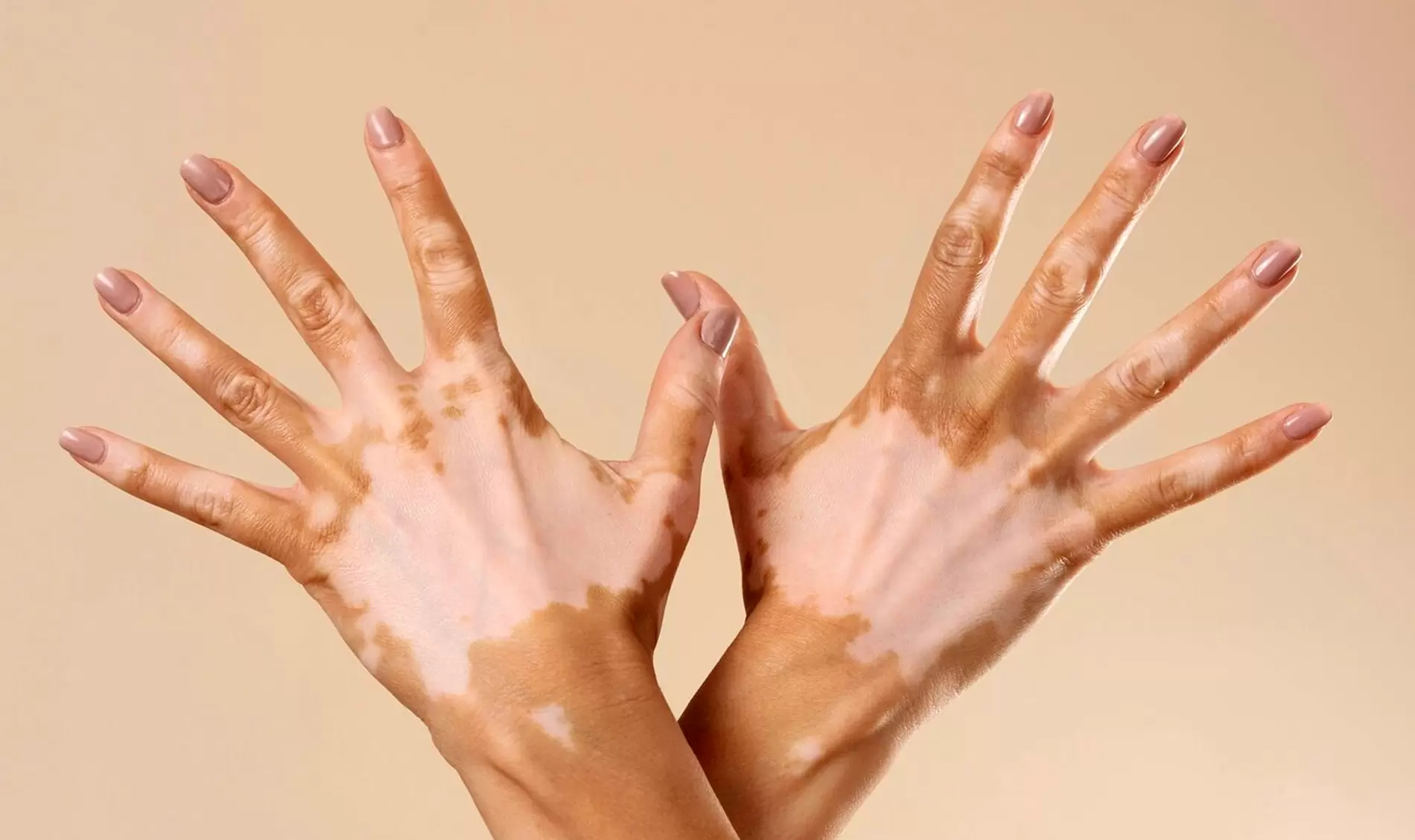
VITILIGO
Vitiligo is a long-term skin condition characterized by the loss of pigmentation, leading to white patches on various parts of the body. It occurs when the melanocytes are destroyed.
Causes and Risk Factors
- Autoimmune Response
- Genetic Factors
- Triggers : Surgeries, stress, or exposure to industrial chemicals.
Signs and Symptoms
- White Patches
- Hair Changes: Hair turn white or gray.
- Mucosal Involvement: Inside the mouth and nose.
- Eye Changes: Change in eye colour.
Types of Vitiligo
- Non-Segmental Vitiligo
- Segmental Vitiligo
- Lip Tip Vitiligo
Treatment
- Topical Treatments: Corticosteroids, calcineurin inhibitors, and vitamin D analogs to help restore pigmentation.
- Phototherapy: Narrowband UVB therapy or PUVA (psoralen and ultraviolet A) to stimulate melanocyte activity.
- Depigmentation: In cases of extensive vitiligo, depigmenting the unaffected skin to achieve a more uniform appearance.
- Surgical Options: Skin grafts or micropigmentation for stable vitiligo.
- Cosmetic Solutions: Makeup and self-tanning lotions to cover the white patches.
Prognosis
- Vitiligo is not life-threatening or contagious but can affect the quality of life due to cosmetic concerns.
- The course of the disease is unpredictable; some people may experience periods of stability, while others may see the patches spread over time.